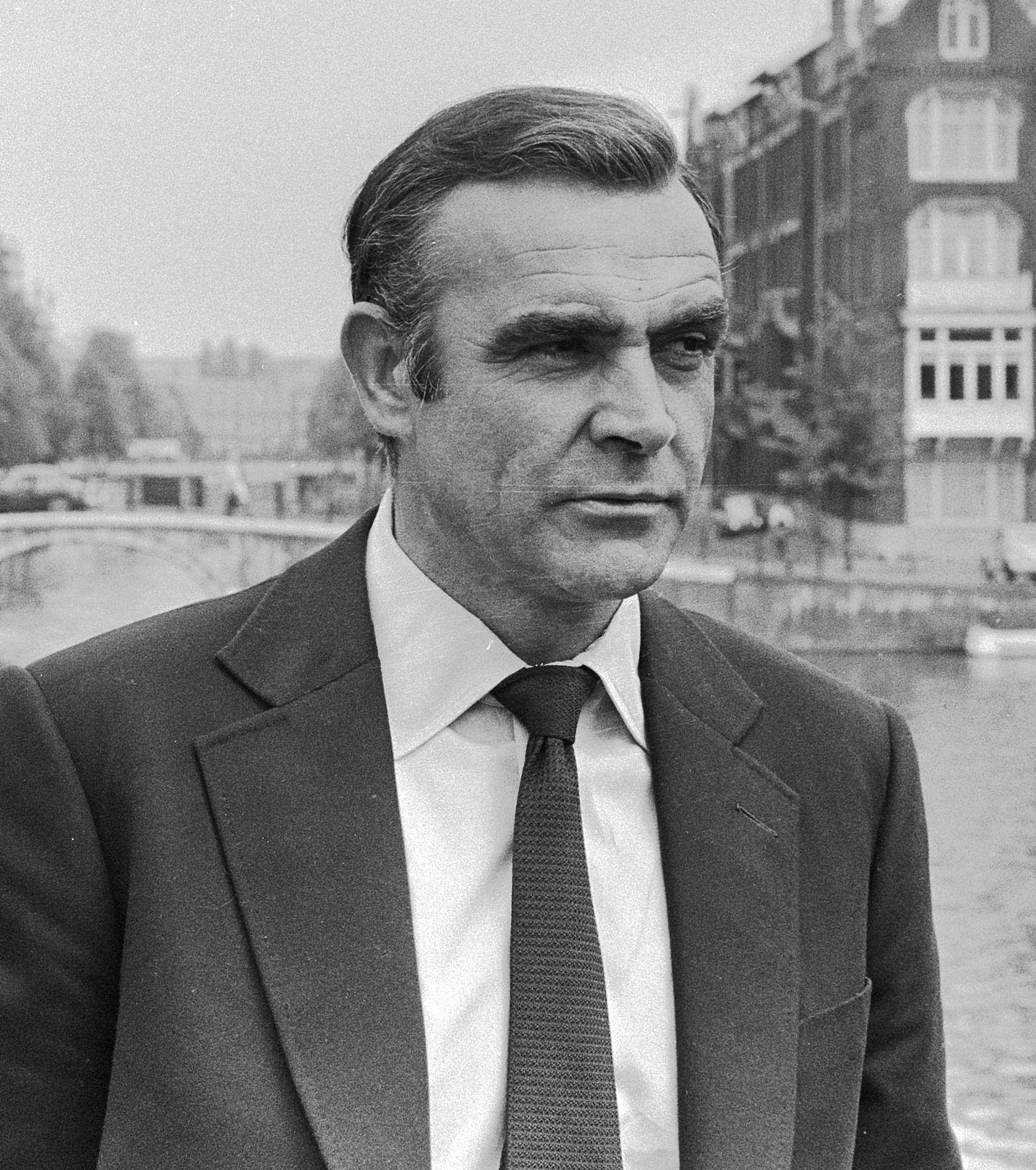
The Timeless Appeal of 007
For more than six decades, the name James Bond has been synonymous with cinematic style, intrigue, and cultural impact. Created by Ian Fleming, this legendary British agent has appeared in 25 films, delivering dazzling escapades, memorable gadgets, and iconic martinis. The enduring legacy of Bond is not just in his adventures, but in the actors who have stepped into the tuxedo. Each brought a distinctive interpretation, sparking debates and passionate rankings among fans and critics alike.
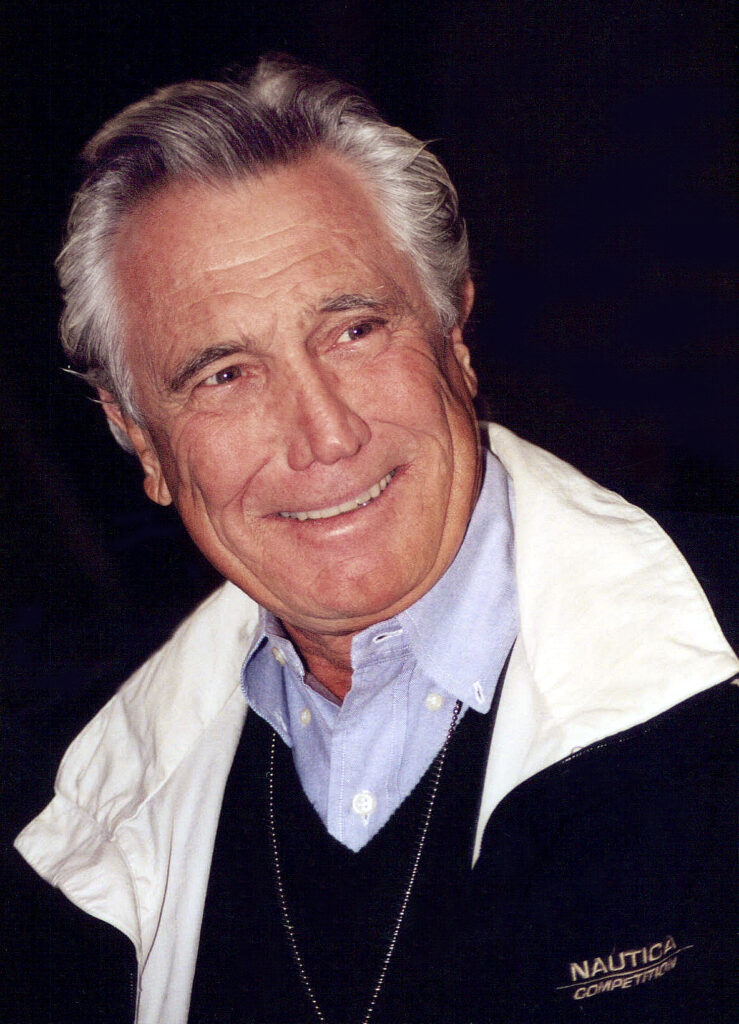
George Lazenby: The Bond of “What If?”
George Lazenby’s single outing in On Her Majesty’s Secret Service (1969) remains a unique chapter in the Bond canon. Tasked with following Sean Connery, he faced immense pressure yet carved out his own approach. His Bond was more vulnerable and emotional, offering audiences a glimpse of the agent’s inner world rarely seen before. The film’s focus on romance and tragedy gave it a distinct place in the series, and Lazenby’s performance has been increasingly appreciated over time.
Although he only played Bond once, producers considered offering him a long-term contract. His decision not to continue left fans wondering what might have been. Even so, his daring interpretation, with its mix of charm and depth, continues to resonate in discussions of Bond’s evolution.
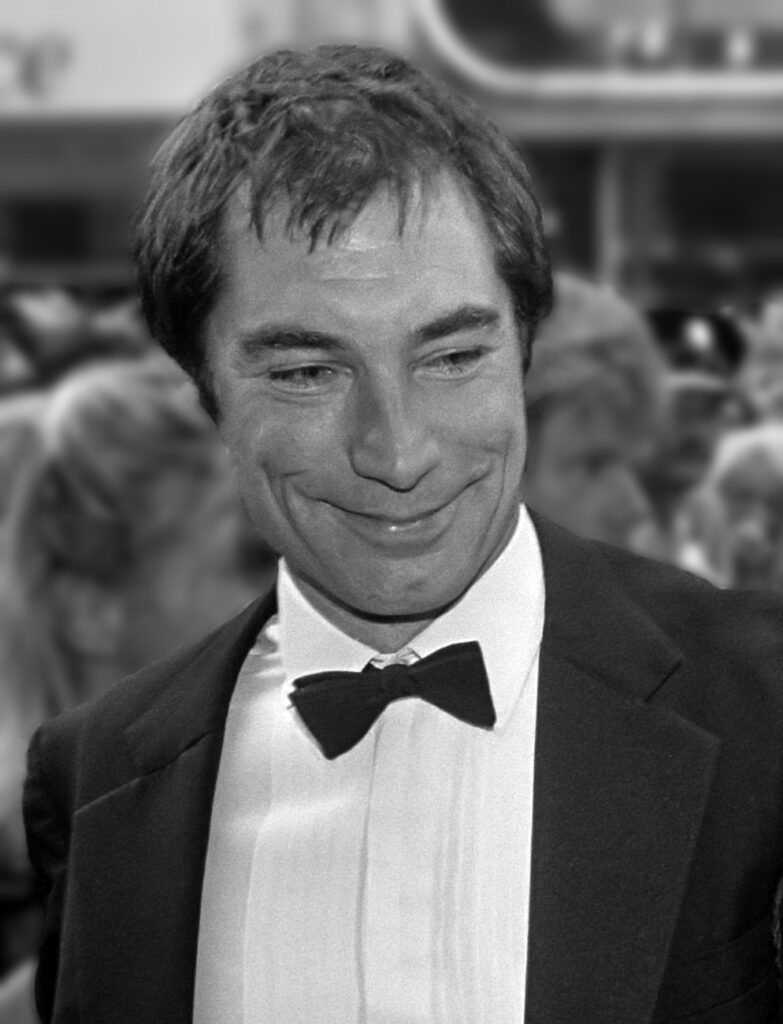
Timothy Dalton: A Serious, Grounded Vision
Timothy Dalton aimed to bring the character closer to Fleming’s original novels. His portrayal emphasized intensity and realism, stepping away from the lighter tone of Roger Moore’s era. In The Living Daylights (1987) and Licence to Kill (1989), Dalton presented Bond as a complex figure marked by restraint and determination.
Audiences in the 1980s were divided. Some missed the humor and suaveness that had become associated with the role, while others admired Dalton’s commitment to authenticity. In retrospect, many recognize his work as ahead of its time, foreshadowing the darker and more emotionally complex approach Daniel Craig later embraced.
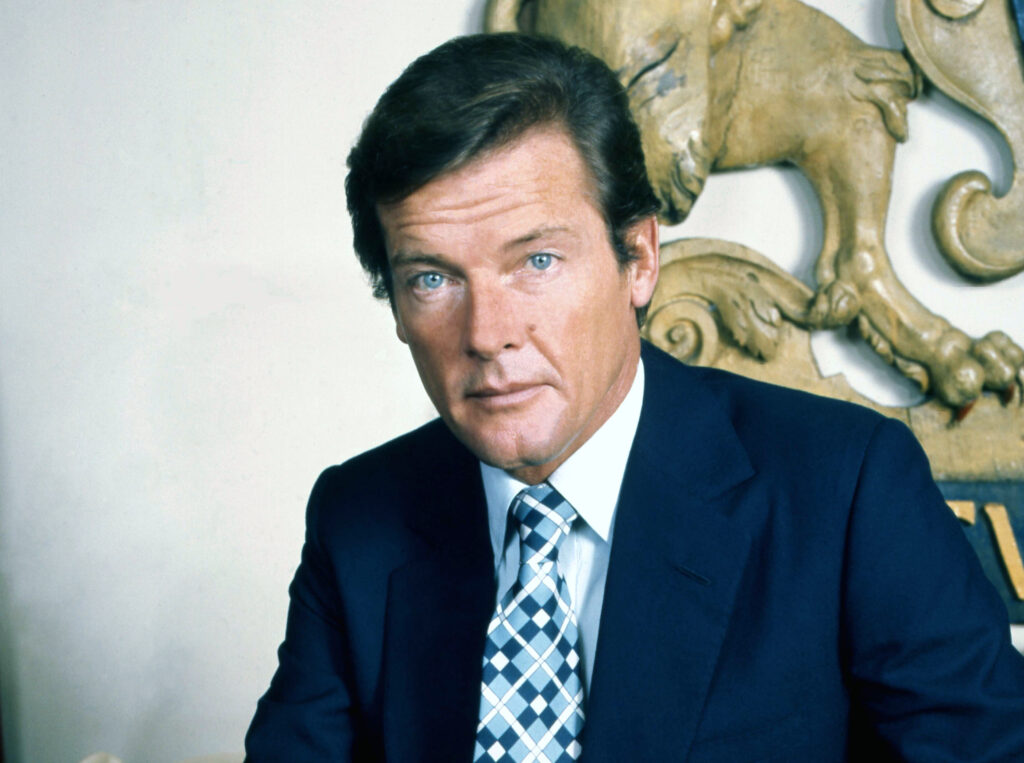
Roger Moore: Charm with a Wink
Roger Moore’s tenure remains the longest in Bond history, spanning seven films from Live and Let Die (1973) to A View to a Kill (1985). His Bond was witty, charming, and self-aware, often using humor to diffuse tense situations. Audiences of the 1970s and early 1980s adored his playful interpretation, which leaned into extravagance and creativity.
Though not every film was consistent, Moore’s lighter tone broadened Bond’s appeal, cementing him as the definitive version for a generation. His era showcased a different kind of spy: more entertainer than enforcer, yet no less memorable.
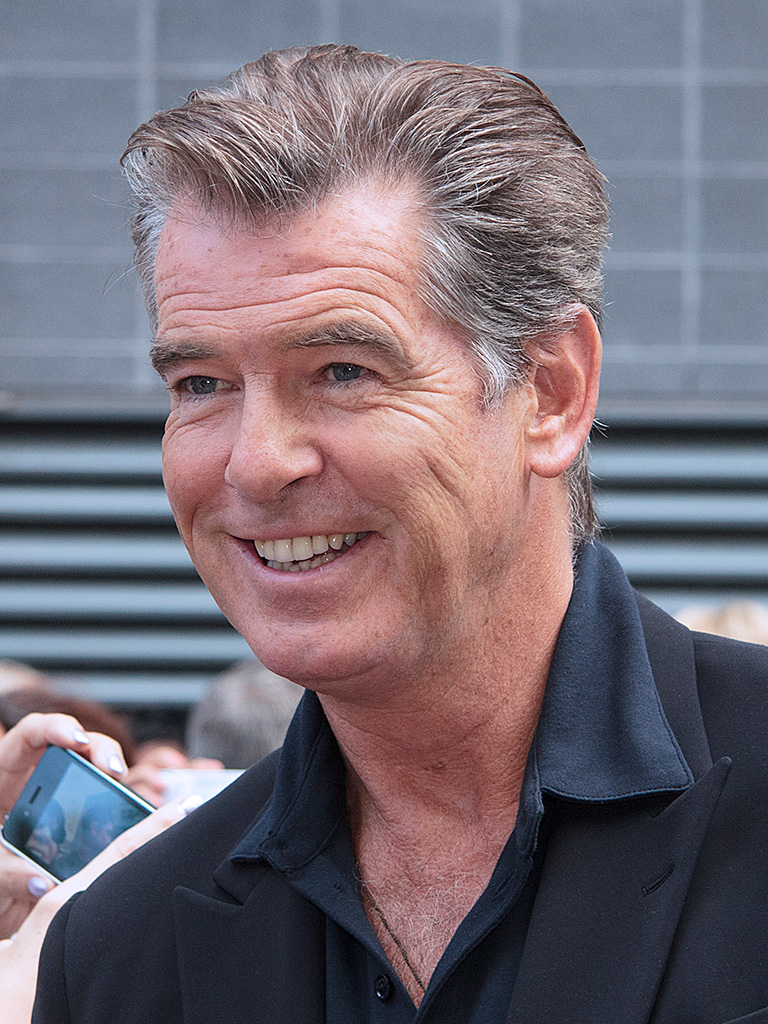
Pierce Brosnan: Defining Cool for the Nineties
Pierce Brosnan revitalized Bond in the 1990s, blending sophistication with charisma. His debut in GoldenEye (1995) reinvigorated the franchise, balancing action with the wit that audiences expected. Brosnan’s style combined echoes of Connery’s toughness and Moore’s humor while adding a polished presence that fit the modern era.
Across four films, including Tomorrow Never Dies (1997) and The World Is Not Enough (1999), Brosnan consistently embodied the image of the sleek secret agent. Even when scripts faltered, his charm carried the role. His portrayal remains one of the most recognizable in the series, capturing the essence of 007 for a new generation.
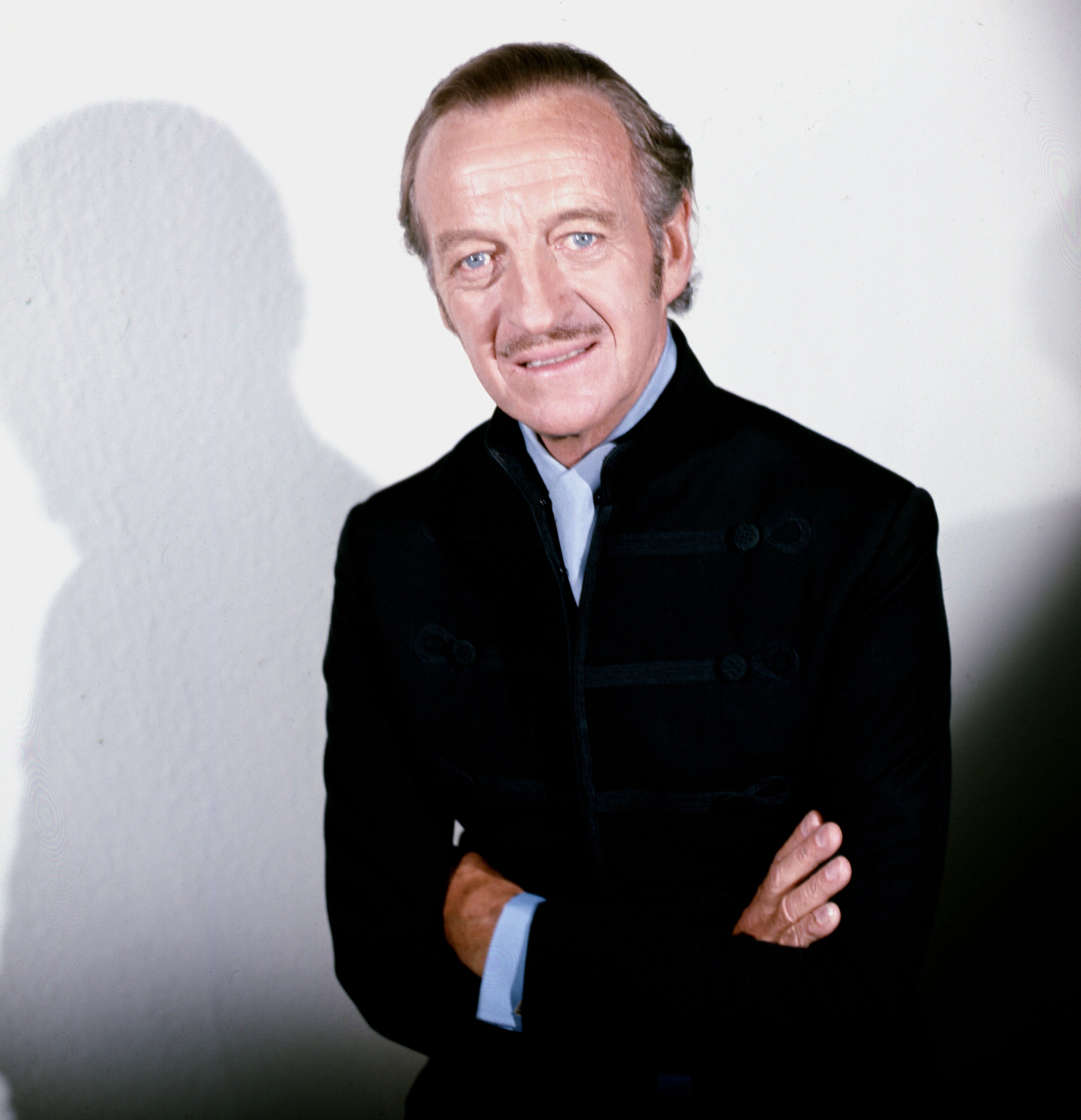
David Niven: The Parodic Gentleman
David Niven took on the role in the 1967 parody version of Casino Royale. Unlike the official Eon films, this production was a satire that poked fun at spy conventions. Niven’s Bond was an older, retired figure reluctantly returning to espionage, adding a playful twist to the legend.
While not part of the core canon, Niven’s performance holds a unique place in Bond history. Interestingly, Fleming himself once considered Niven as his preferred choice for the role. His inclusion highlights the diverse interpretations of Bond, even in unconventional settings.
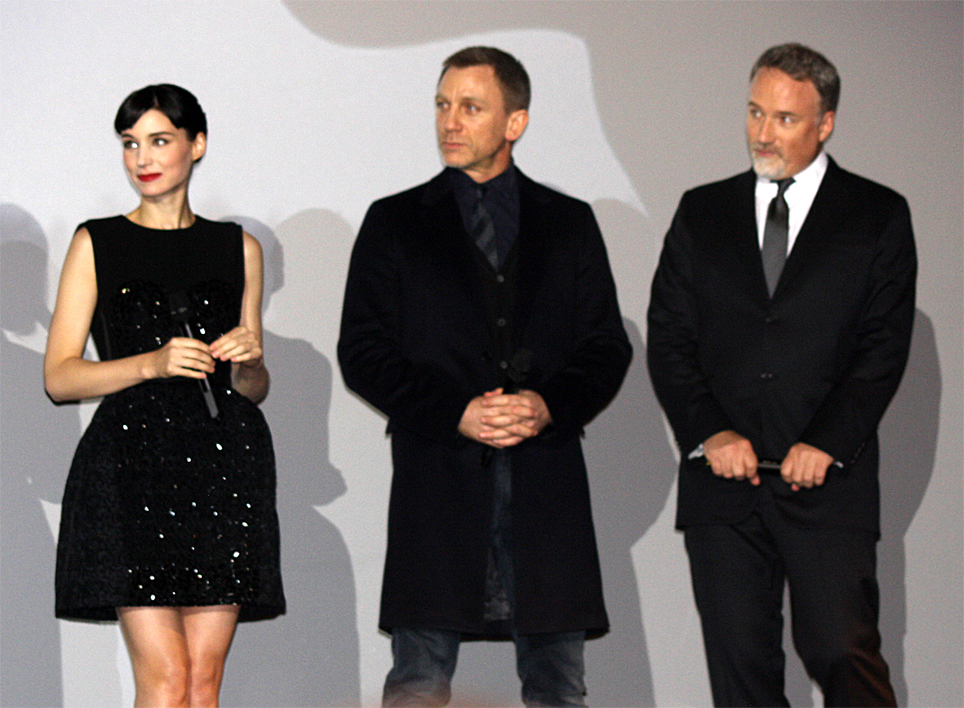
Daniel Craig: A Modern Reinvention
Daniel Craig redefined Bond for the 21st century. His portrayal, beginning with Casino Royale (2006), stripped away some of the traditional glamour in favor of grit, vulnerability, and emotional depth. His Bond was not just a suave spy but a fully human character wrestling with loyalty, pain, and purpose.
Craig’s era delivered some of the franchise’s greatest successes, including Skyfall (2012), which grossed over $1.1 billion worldwide. His ability to balance intensity with elegance made him a transformative figure for the series, ensuring its relevance for a new generation of audiences.
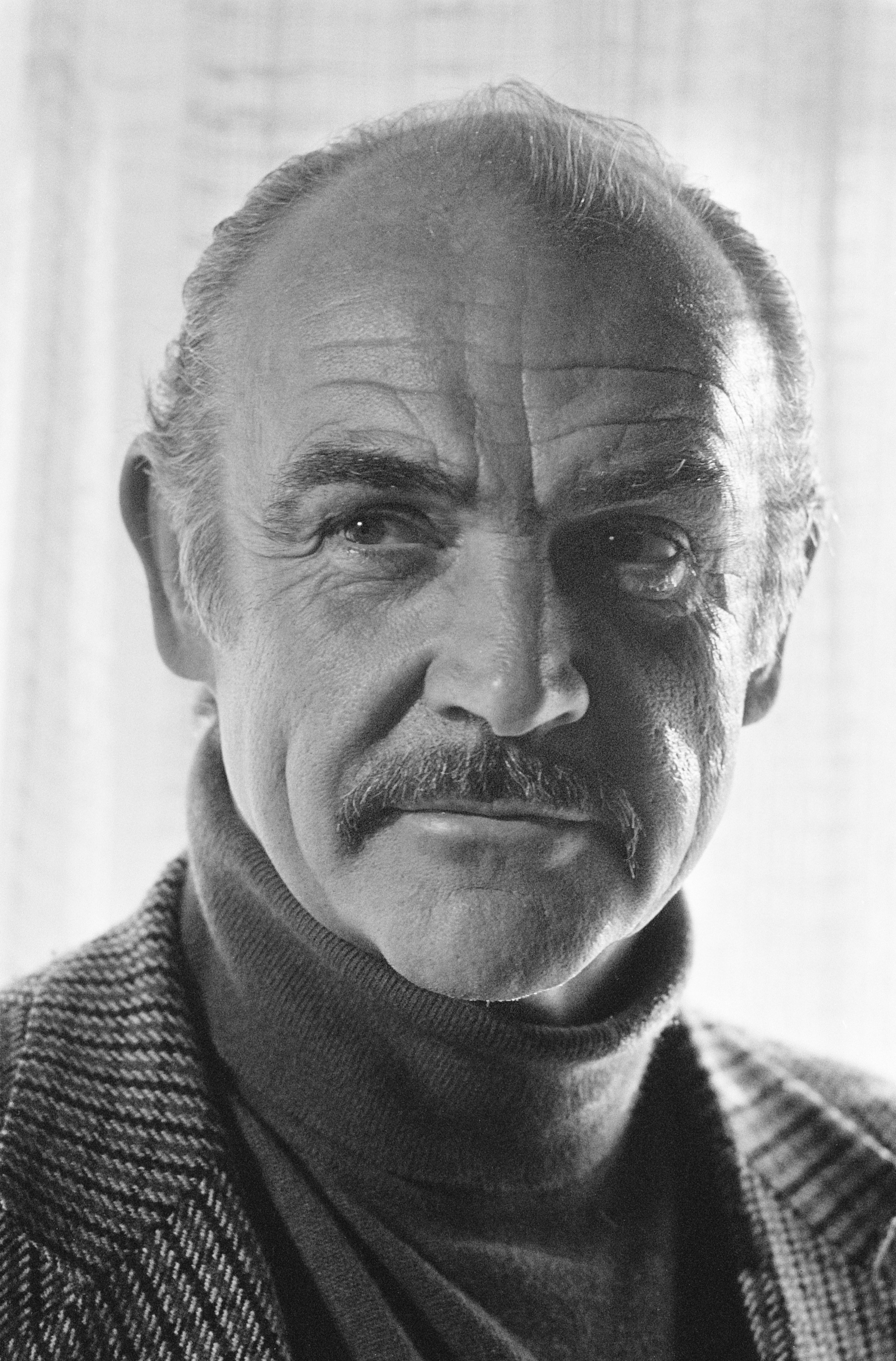
Sean Connery: The Blueprint of 007
Sean Connery remains the definitive Bond for many. Beginning with Dr. No (1962), he set the standard with his confidence, style, and effortless charisma. His interpretation established the formula that defined the character: suave, witty, and undeniably magnetic.
Through films like Goldfinger (1964) and Thunderball (1965), Connery created a cultural icon that shaped action cinema for decades. His presence on screen ensured Bond’s status as a global phenomenon and left a legacy that continues to influence every successor.
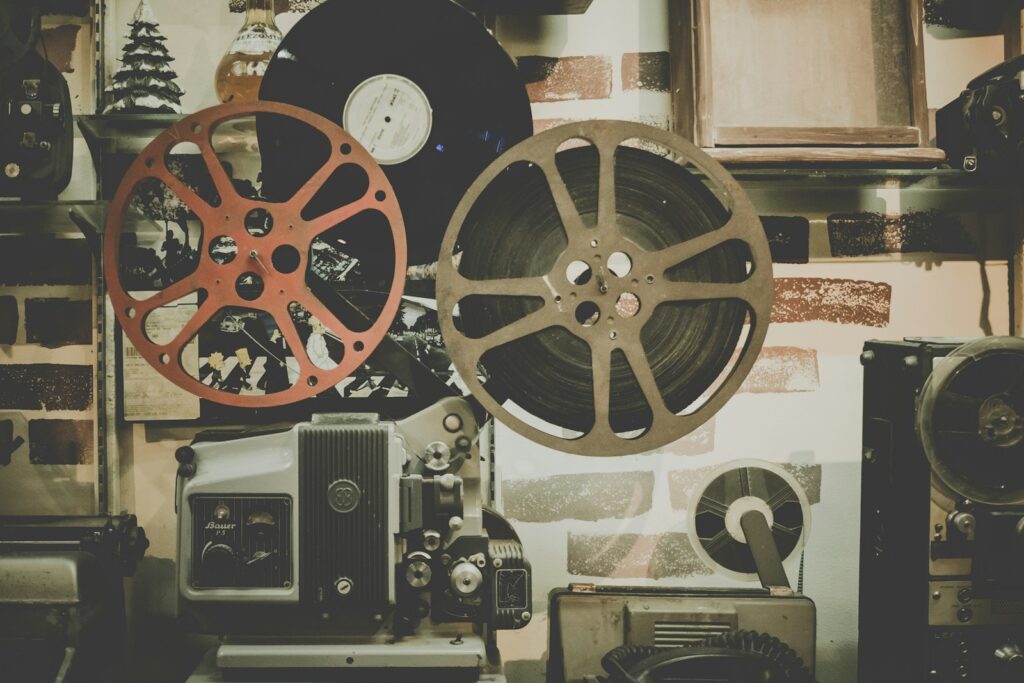
From Barry Nelson’s pioneering television role to Daniel Craig’s modern reinvention, James Bond has evolved with each actor while retaining his unmistakable allure. Some offered humor, others delivered grit, and a few managed to combine both, but together they shaped a character that has captivated audiences for more than sixty years.
As speculation grows about who will next wear the tuxedo, one truth remains clear: Bond is more than a spy. He is a cultural constant, a figure who continues to thrill, charm, and adapt with the times.



